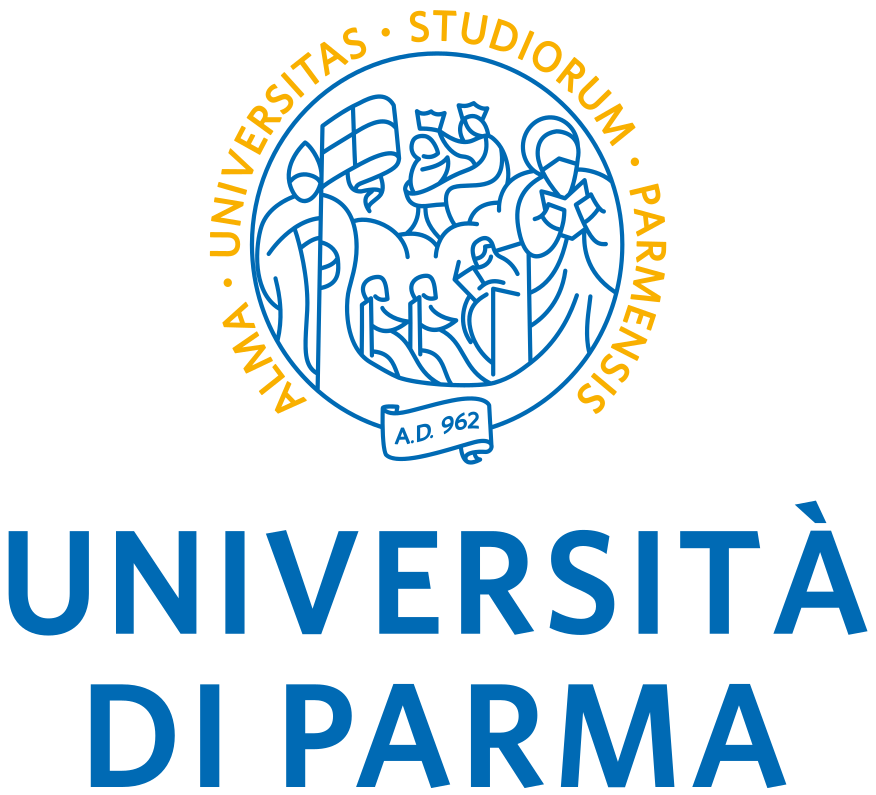Please use this identifier to cite or link to this item:
https://hdl.handle.net/1889/4340Full metadata record
| DC Field | Value | Language |
|---|---|---|
| dc.contributor.advisor | Fogassi, Leonardo | - |
| dc.contributor.author | Mazzocchi, Stefania | - |
| dc.date.accessioned | 2021-04-30T15:44:03Z | - |
| dc.date.available | 2021-04-30T15:44:03Z | - |
| dc.date.issued | 2021-03 | - |
| dc.identifier.uri | https://hdl.handle.net/1889/4340 | - |
| dc.description.abstract | La psicologia del senso comune sostiene che l’azione intenzionale sia una chiara manifestazione della libertà individuale, un’idea sostenuta anche da diversi filosofi della mente e riassunta nel concetto di “libero arbitrio”. L’obiettivo di questo lavoro è quello di mostrare le principali acquisizioni neuroscientifiche sull’organizzazione anatomo-funzionale del sistema motorio corticale nei primati non umani, per poi focalizzarsi sulla codifica e sulla decodifica dell’intenzione a livello neurale. I dati raccolti sui primati non umani fungeranno da base per introdurre gli studi neuroscientifici sull’azione volontaria nell’uomo e sulla comprensione dell’intenzione dell’altro. I risultati ottenuti dalle neuroscienze cognitive sulla decodifica dell’intenzione altrui verranno poi contestualizzati alla luce dei principali modelli teorici. In seguito, verranno esposti alcuni disturbi psichiatrici e neurologici che alterano l’intenzionalità o la capacità di comprendere l’altro. In conclusione, verrà discussa brevemente l’implicazione che hanno gli studi e i risultati neuroscientifici sul tema del libero arbitrio a livello etico e sociale. | en_US |
| dc.description.abstract | Folk psychology argues that intentional action is a clear manifestation of individual freedom, an idea supported also by various philosophers of mind and summarized in the concept of “free will”. The aim of this work is to show the main neuroscientific findings on the anatomo-functional organization of cortical motor system in non-human primates, focusing on the coding and the decoding of intention at the neural level. The data collected in non-human primates serve as a basis to introduce neuroscientific studies on voluntary action and intention understanding in humans. The results obtained by cognitive neuroscience on decoding the intention of others will then be contextualized in light of the main theoretical models. Later, some psychiatric and neurological disorders that alter intentionality or the capacity to understanding others will be exposed. In conclusion, the implication of neuroscientific studies and results on the theme of free will at ethical and social level will be briefly discussed. | en_US |
| dc.language.iso | Italiano | en_US |
| dc.publisher | Università di Parma. Dipartimento di Medicina e Chirurgia | en_US |
| dc.relation.ispartofseries | Laurea magistrale in Psicobiologia e Neuroscienze Cognitive | en_US |
| dc.rights | © Stefania Mazzocchi, 2021 | en_US |
| dc.rights.uri | http://creativecommons.org/licenses/by-nc-nd/4.0/ | * |
| dc.subject | intention | en_US |
| dc.subject | action | en_US |
| dc.subject | free will | en_US |
| dc.subject | intention understanding | en_US |
| dc.title | Intenzione ed azione : un approccio neuroscientifico al tema del libero arbitrio | en_US |
| dc.title.alternative | Intention and action : a neuroscientific approach to the theme of free will | en_US |
| dc.type | Master thesis | en_US |
| dc.subject.miur | BIO/09 | en_US |
| dc.subject.miur | M-PSI/02 | en_US |
| Appears in Collections: | Psicobiologia e Neuroscienze Cognitive, Tesi di laurea magistrale | |
Files in This Item:
| File | Description | Size | Format | |
|---|---|---|---|---|
| TESI_Mazzocchi.pdf | 924.15 kB | Adobe PDF | View/Open |
This item is licensed under a Creative Commons License


